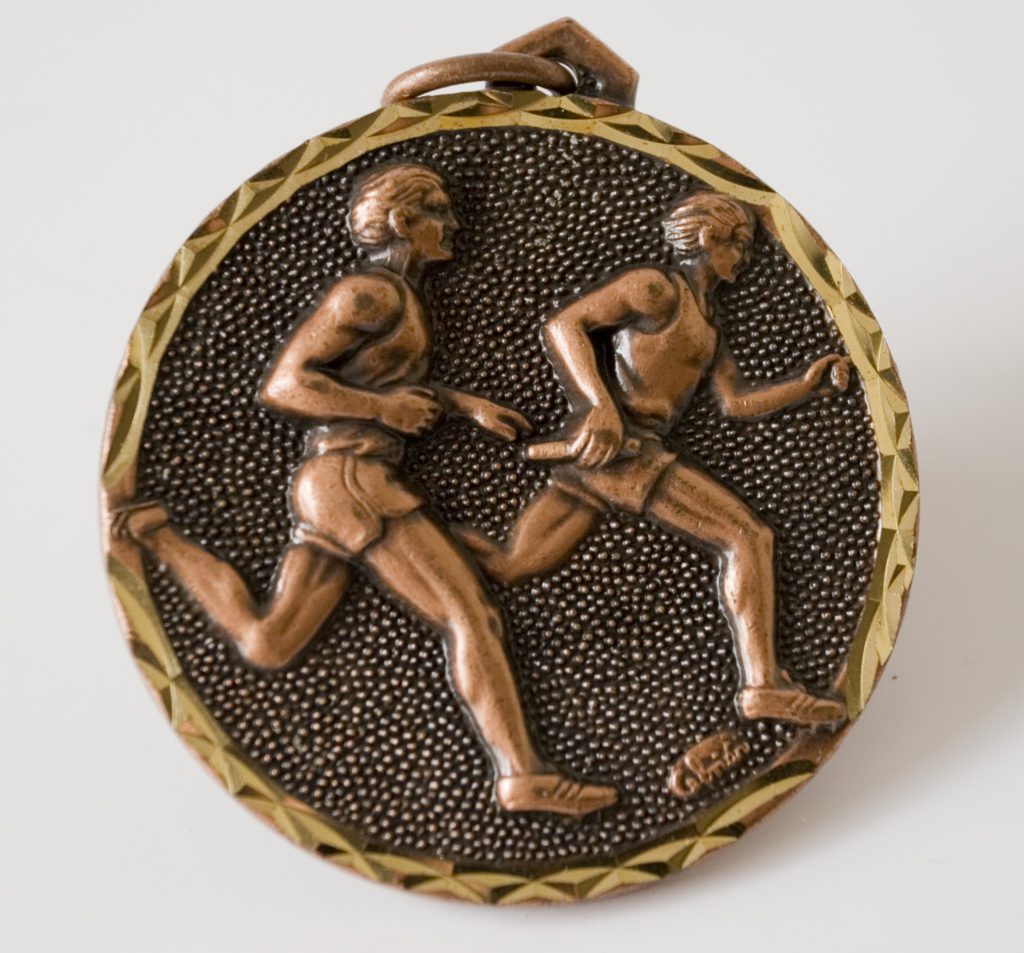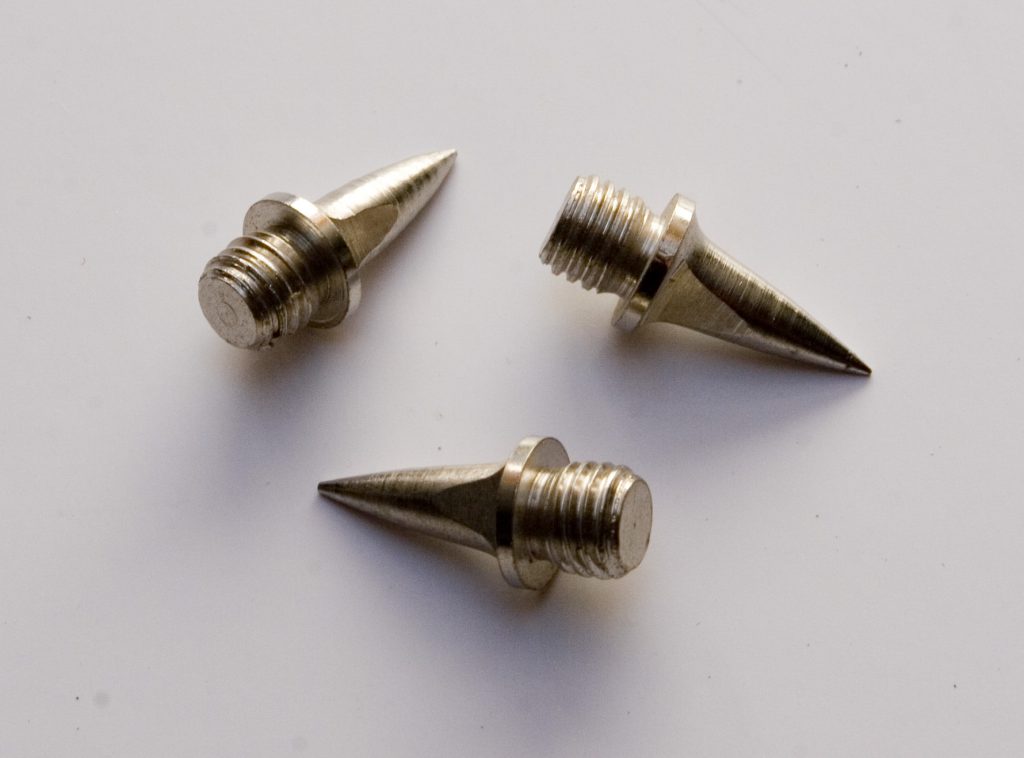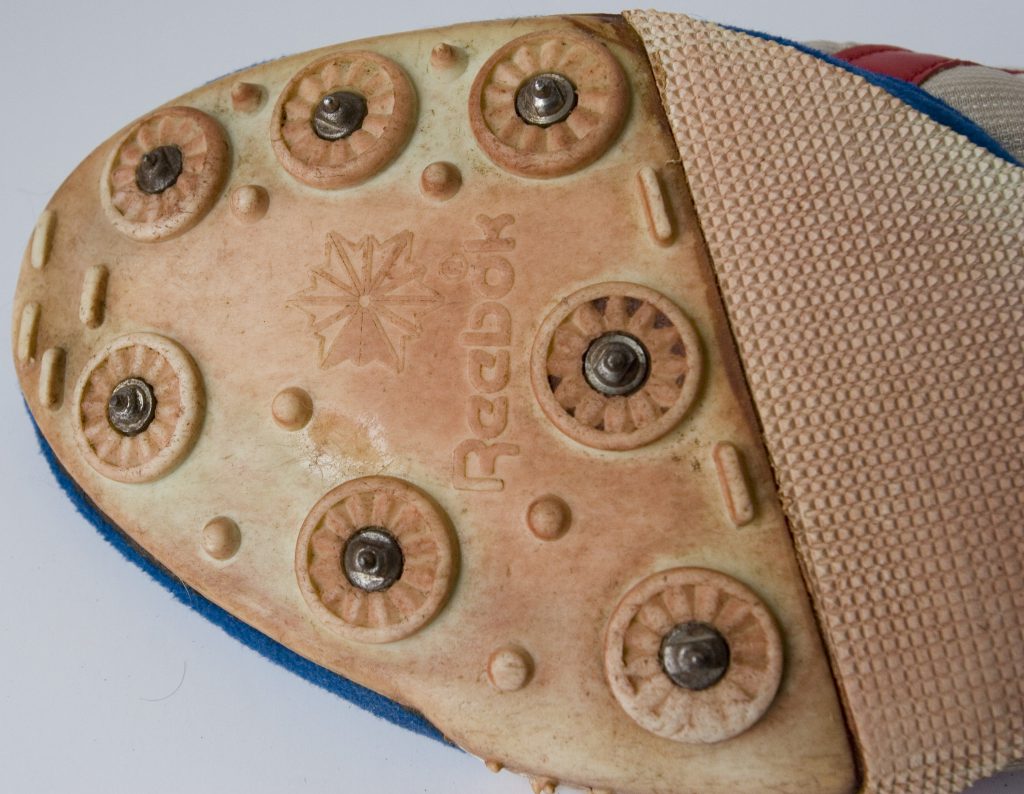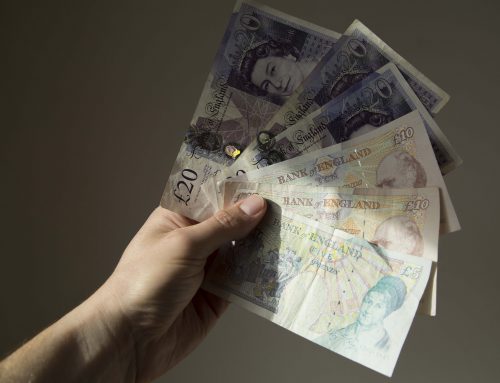The line between fair play and cheating may be clear, but what exactly is it that sporting competitions measure?

The medal. Is this still what sport is about?
The sporting ideal is to have a fair competition in which no opponent or team has an advantage over the others taking part. A sporting competition aims to test, as accurately as possible, who is the best, and the only sure way to do that is to use ‘a level playing field’, as it is known.
For this reason, most people would probably agree that cheating in sport is wrong. Of course, the odd prank here and there can be part of the fun of it all when the activity is a kick around in the park with friends, but that kind of messing about is a far cry from a genuine effort to secretly cheat in a serious and prestigious competition, which is attempting to officially judge who is the best.
Sadly it is a fact of life that some people are so driven to be crowned ‘the winner’ that they care not how it is achieved, and will resort to whatever underhand tactics they think they can get away with to reach their goal. Fortunately most cheating can be checked fairly easily. If someone starts racing before the gun, for example, it is easily seen and policed. Similarly, if a punch lands below the belt in a boxing match, the referee should be in a good position to spot it. As for equipment, it can be weighed, tested and verified.
Drug taking, on the other hand, is much harder to police. Sporting bodies have only relatively recently managed to crack down on it, progressively widening their remit to cover anything which might be used to enhance a performance. Although it may not be possible to prevent every participant from getting away with drug taking to enhance their performance, setting a standard is easy. Each sport lists the substances which it has officially banned and then clearly documents the penalties the athletes face if caught taking them. It is also not acceptable to miss testing, as that too usually results in penalisation.
In theory, a clear line can be drawn between fair play and cheating: those who abide by the rules of the game are honourable and fair, those who break the rules in order to obtain an un-fair advantage over their competitors are cheating. Once cheating is ruled out, the competition can be regarded as a reasonably accurate measure of the competitors, within the bounds of its rules. In other words, the winner is, at least at that moment, the best, and the other contestants take the positions fitting their performance and ability.
What sport does not do, however, is say very much about fairness in general, for there is no way for a competition to measure or compensate for other factors outside of the rules. The rules, of course, only go so far, and do not democratise every aspect of competition. They are, in fact, fairly arbitrary and broad, and it is outside of the restrictions of the rules where advantages are sought and had.
Business Matters
These days sport is big business and a lot is at stake for a great many people beyond the athletes and competitors themselves. In big competitions like the Olympics, for example, national pride is at stake if performance targets are not met. Just as a business might have a strategic plan, in international competitions countries set themselves medal targets, and if they are not met, questions are asked, fingers pointed.
Scientists are brought in to study every aspect of the athlete’s body; making sure that each movement they make is optimised. They control the food the athletes eat, the air they breathe, and determine where, when and how they train. There are trainers helping with psychology, motivation, fitness, strength, not to mention the physiotherapists and medical experts keeping the athlete’s bodies in check, or the sports gear manufacturers supplying state-of-the art sweat-removing, friction-reducing clothing and equipment.
And it is all done to gain every possible advantage for the athlete so that they can bring home the prestigious prize for the good of all those concerning themselves with the event.
Of course, the argument is that every other team is doing the same, so it is necessary to match their efforts in order to compete on ‘a level playing field’, but the reality is that each team is trying to find an advantage over the others before the competitors every reach the field. At that level, the competition starts to become more about the cunning of rival training camps and sport science expertise, than it does the performance of the athletes.
And so the following question arises: what exactly is sport measuring?
Is it…
The natural ability of the athlete?
The ability of the athlete to improve their performance?
The coach’s ability to get the best from their athlete?
Sports scientist’s ability to analyse data and provide solutions?
The success of the nation’s training program?
The ability of the nation to provided the best opportunities to its subjects?
The athlete’s parents’ success in imbuing their child with the desire to succeed?
Or, perhaps, some strange mixture of the above?
Here follows a scenario illustrating how it is unclear what a competition actually measures. Let’s say, for example, that Jake can run 100 meters in 13 seconds without training whereas Pete, who also hasn’t done any training, can do it in 12 seconds. After training, Jake improves his time to 10.50 seconds and Pete reduces his to 10.00.
In this example, it is Jake who has improved the most on his natural ability, chopping 2.5 seconds from his personal best, compared with Pete’s 2 second improvement. Jake is the one who has worked harder, or more intelligently, and his ability to improve is the greater of the two, even though his time is still not as good. Therefore, if ability to improve is being measured then Jake is the clear winner. Pete, after all, could not help being naturally faster, so why should he be given credit for it?
If, on the other hand, the fastest time is considered on its own, then it is Pete who is better because 10.00 is half-a-second faster than 10.5. Of course, in this case it is Pete’s natural ability which has made the most important contribution to the win, so it is that which is really being measured and rewarded.
And if measuring raw ability alone is the most important thing then the ultimate test would be to establish the genes responsible for sporting prowess, cross reference their occurrence in the athletes with known physical indicators, such as the index and ring finger ratio (determined by the level of testosterone a foetus receives in the womb) and let the calculations prove who is the fastest. The result would not be skewed by anything external and the athletes would not need to complicate matters by competing at all!
Bearing these arguments in mind, the question that has to be asked, what is the award for? Is it a measure of someone’s efforts, or the ability they were born with?
The answer may be that it measures both in some unspecified proportion, in which case the thing a sport measures is immediately unclear even before any other factors are considered.
Consider also this question: If a woman has such an abnormally high level of naturally-occurring testosterone in her body that she is suspected of being a man, does that diminish her athletic achievements?
Even the conclusion that Jake worked harder than Pete is dubious, for it might just be that Jake’s training regime was superior, or that Pete’s was faulty, in which case, the competition measures the relative methods rather than labour.

Spikes!
Tricks of the Trade
Technology and science adds a further complication, particularly when record-breaking performances are concerned. Years ago an athlete trained on a cinder track, which turned into a soggy mush in the wet and baked into a rock-hard surface in the heat – made all the more uncomfortable to run on by the pits and ridges left in the surface from when it was wet. Athletes trained without the aid of consistent all-weather tracks, highly engineered running shoes and starting blocks. They also ran without slow-motion replays to analyse their running styles and computer programs to process the resulting data. And they did not systematically use dieticians and sports psychologists, or exercise machines, aerodynamic Lycra suits, oxygen tents or any number of other modern training aids. The list goes on and on, and then there are the races themselves, which are timed using more accurate digital clocks and take place on better surfaces.
It is also the case that many of the athletes of old were amateurs in the true sense of the word, earning their living through day jobs and fitting their training around family life before and after work (Olympic silver medallist at 1500 meters, Peter Elliott, being a good example). And yet their times are overwritten by new records, achieved with help from all of the above advances, and more besides.
All this being the case, new records are surely much more a measure of technology, sports science and professionalism than a measure of who is the fastest or the greatest. There can be little doubt that athletes like Usain Bolt have a rare and special talent, but even his best times are only one percent faster than his closest rivals regularly run, and two or three percent faster than runners like Jim Hines, who competed in the late 1960s. It is therefore quite likely that when we measure the difference in time between an old and new record, we are actually measuring the affect of technology and science as much as anything else.
One concern about the advance of sport science is where it will eventually lead, as it single-mindedly pursues those tiny margins that are still there to be had. At what point, for example, does the manipulation of the body become as bad, or worse, than taking a banned substance? Food, after all, is a drug. We know the effects of sugars, carbohydrates and proteins, and they are used to enhance performance as effectively as a banned substance. Just because a substance or activity is acceptable according to the rules of the game, it does not necessarily mean that it is fundamentally better than something which is banned.
Altitude training has long been one way for distance runner to gain an advantage, although nowadays oxygen tents are often used to affect the body in a similar fashion. It is an effective method of biasing the body and any distance runner is going to find themselves at a disadvantage for not using it.
The ice bath is another treatment athletes have been using for some time as a way of healing muscle-fibre damage, but a new and potentially better method of helping the body recover is becoming commonplace. The Cryochamber, as it is known, is a dry treatment room into which the athlete enters for just two-and-a-half minutes. Super-cooled nitrogen gas rapidly reduces the athlete’s body temperature when inside, leading to a beneficial effect when they exit the chamber.
Scientific knowledge of how the body functions is clearly playing an ever greater role in sport and shows no sign of abating. For the competing athlete, who has focussed their life on the one goal, it probably all seems positive, but the trend is not necessarily leading anywhere good.
Eventually the body will become, if it hasn’t already, a machine calibrated by computer – a product of advanced technology, groundbreaking training schemes and national team philosophies – rather than a reflection of its owner; and at that stage sport will have moved so far from the fun activity it is supposed to be, that it will be hard to recall what the point of it ever really was. And, of course, no one will have gained anything over anyone else for any length of time, for all those involved will be using the same equipment, diets, training regimes and so on.

Muti-surface running shoes. The spikes screw in and out. Long ones are used for cinder tracks, short ones of a few millimeters for all weather Tartan tracks.
It Just Isn’t Cricket
Perhaps the real cause of the problem is the merging of amateur and professional sports. When the modern Olympics began, it was deliberately kept separate from commerce so that the motives of those taking part would remain as honourable as possible. This was, of course, the era of exploration, in which people struggled to reach the poles or the top of mountains just because they were there, and not to get on television or earn millions from sponsorship, motivational speaking gigs and book deals. Those taking part in professional sport were usually in it for the cash rather than the prestige, using it as a way of improving their quality of life.
Nowadays, the Olympics is more a brand than an ideal, and represents a massive money earner for each country it visits. Medal winners can become rich from their success and to all intents and purposes, have sport as their career. To confuse matters further, professional sports are welcomed in to the Olympics, presumably to increase the commercial appeal of the event.
It is this collision of professional and amateur which is perhaps driving sport away from a situation where the individual does something for their own pride, to one where they do what it takes to win, regardless of they have to do to get there.
To give the discussion some perspective, it is worth looking at the ideas of Pierre de Coubertin who, as much as anyone, was responsible for the modern Olympics. He said “L’important dans la vie ce n’est point le triomphe, mais le combat, l’essentiel ce n’est pas d’avoir vaincu mais de s’être bien battu,” which translates as something like “The important thing in life is not the triumph but the struggle; the essential thing is not to have conquered but to have fought well.”
What he was talking about, it seems, is the individual’s inner struggle being more important than the world’s perception of their achievements. Or, to put it another way, the worth is in the journey, regardless of the outcome.
When someone becomes the winner of a competition, or does very well in it, the desire of the audience is to metaphorically put them on a pedestal – and they are quite literally put on a podium – and analyze their achievement in relation to those of others. We, as spectators, want to rank winners against their contemporaries, compare them to past champions and draw all sorts of conclusions about them. The results are used by the media, pundits, critics, fans, spectators, politicians and nations, each for their own purposes, and with this comes an obsession with performance targets and medal tallies, neither of which have anything to do with the struggle of the individual.
It is time to step back, take a look at sporting competitions and ask, what exactly is it we are trying to measure, and are we going about it in the right way? TF







